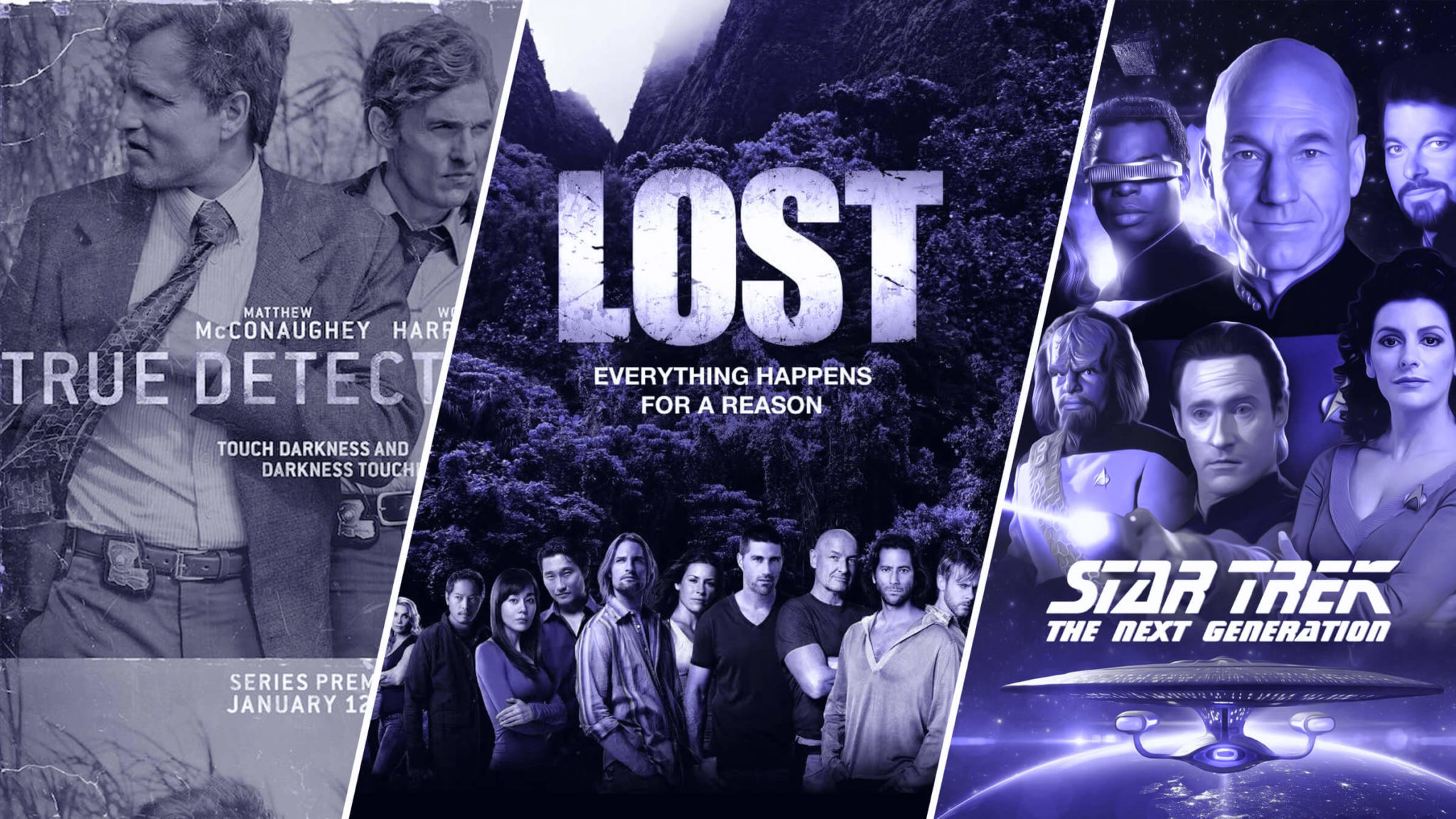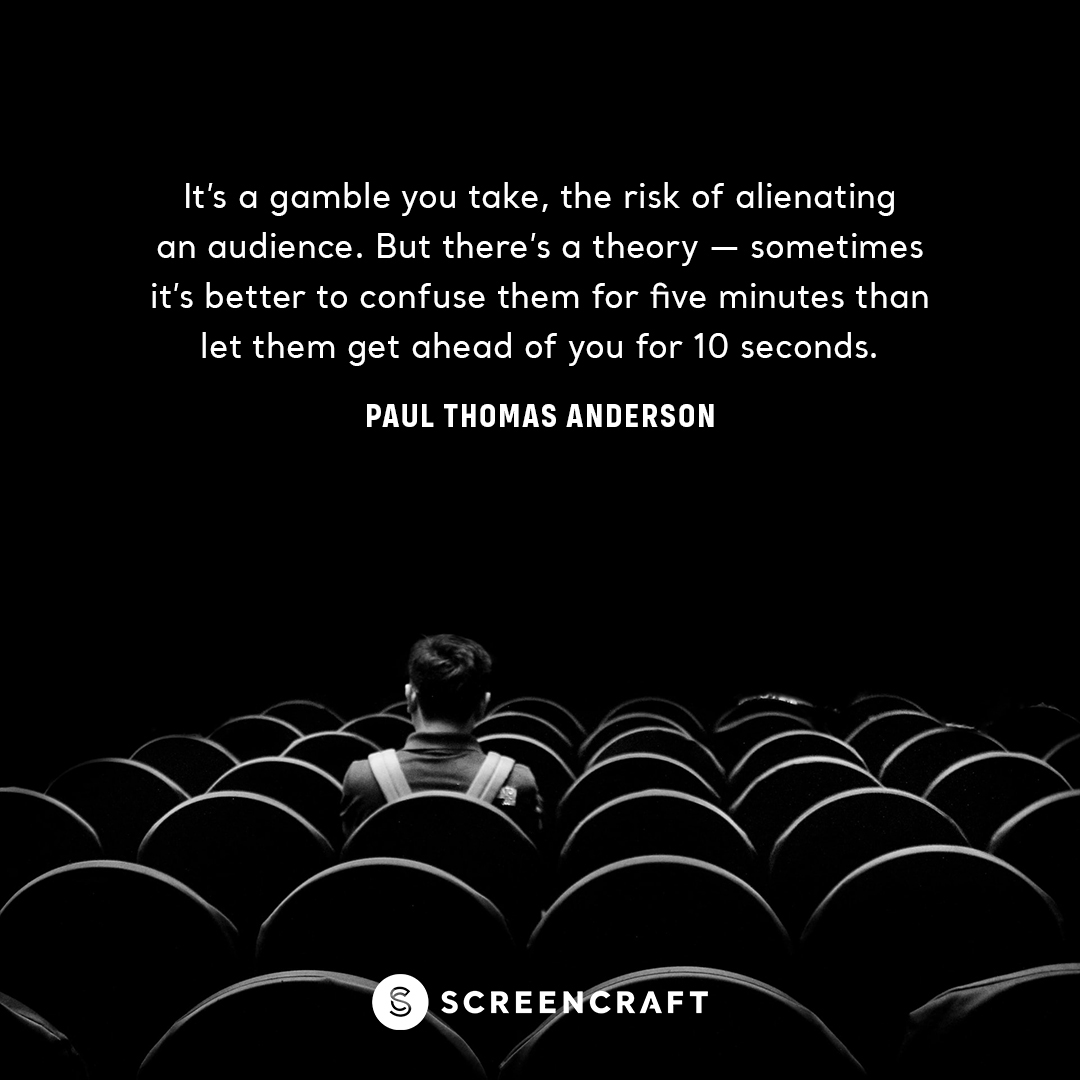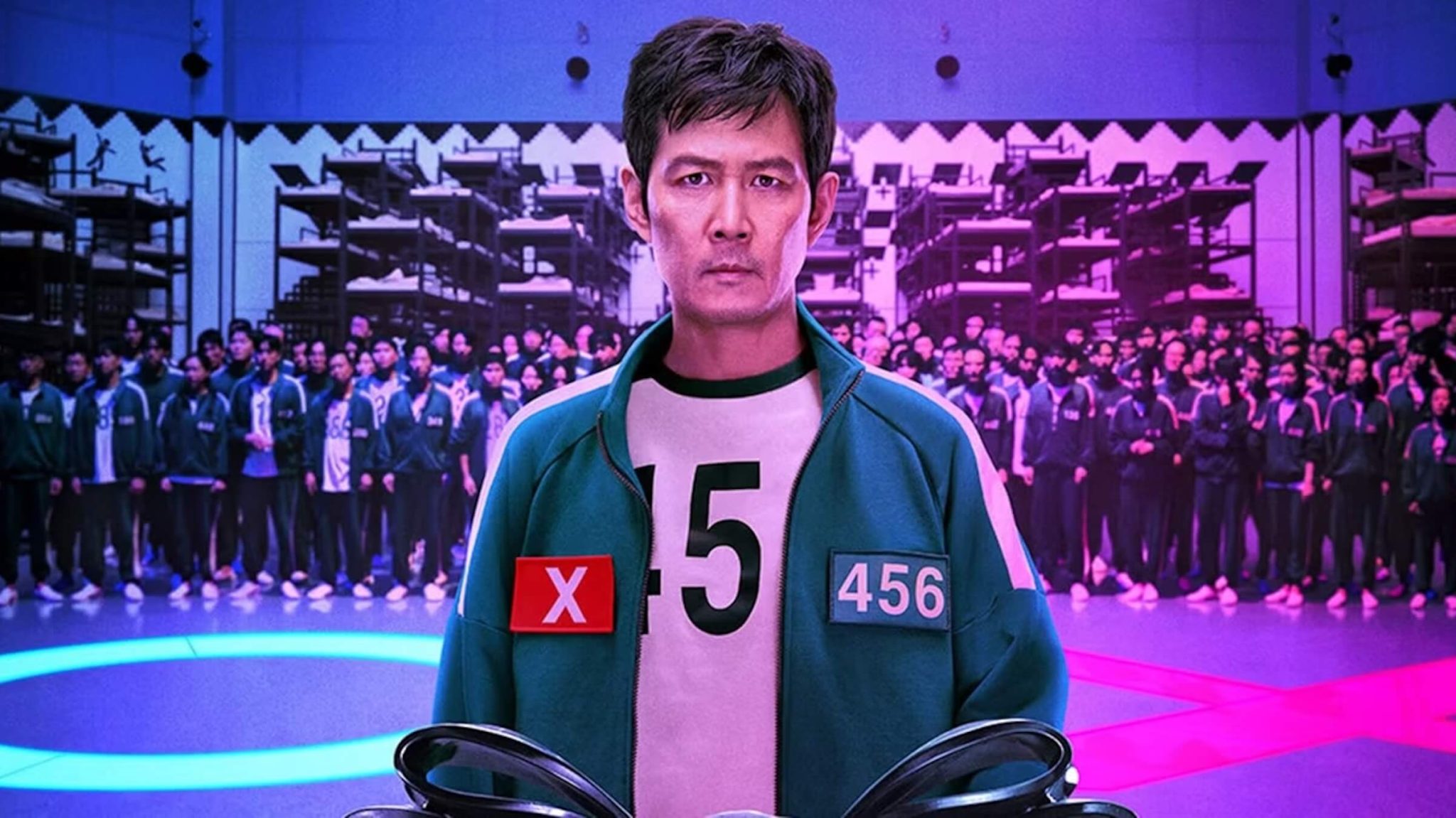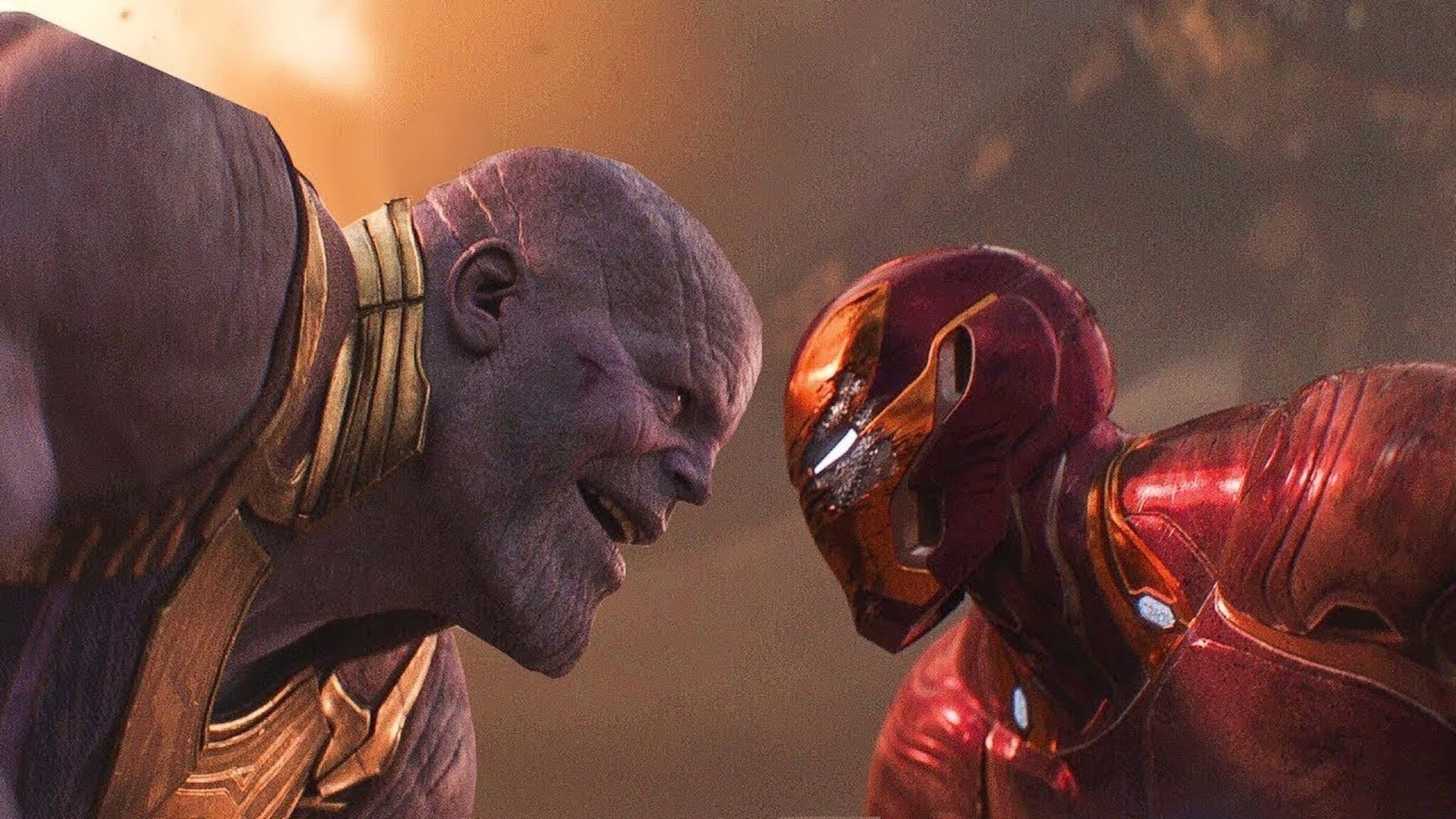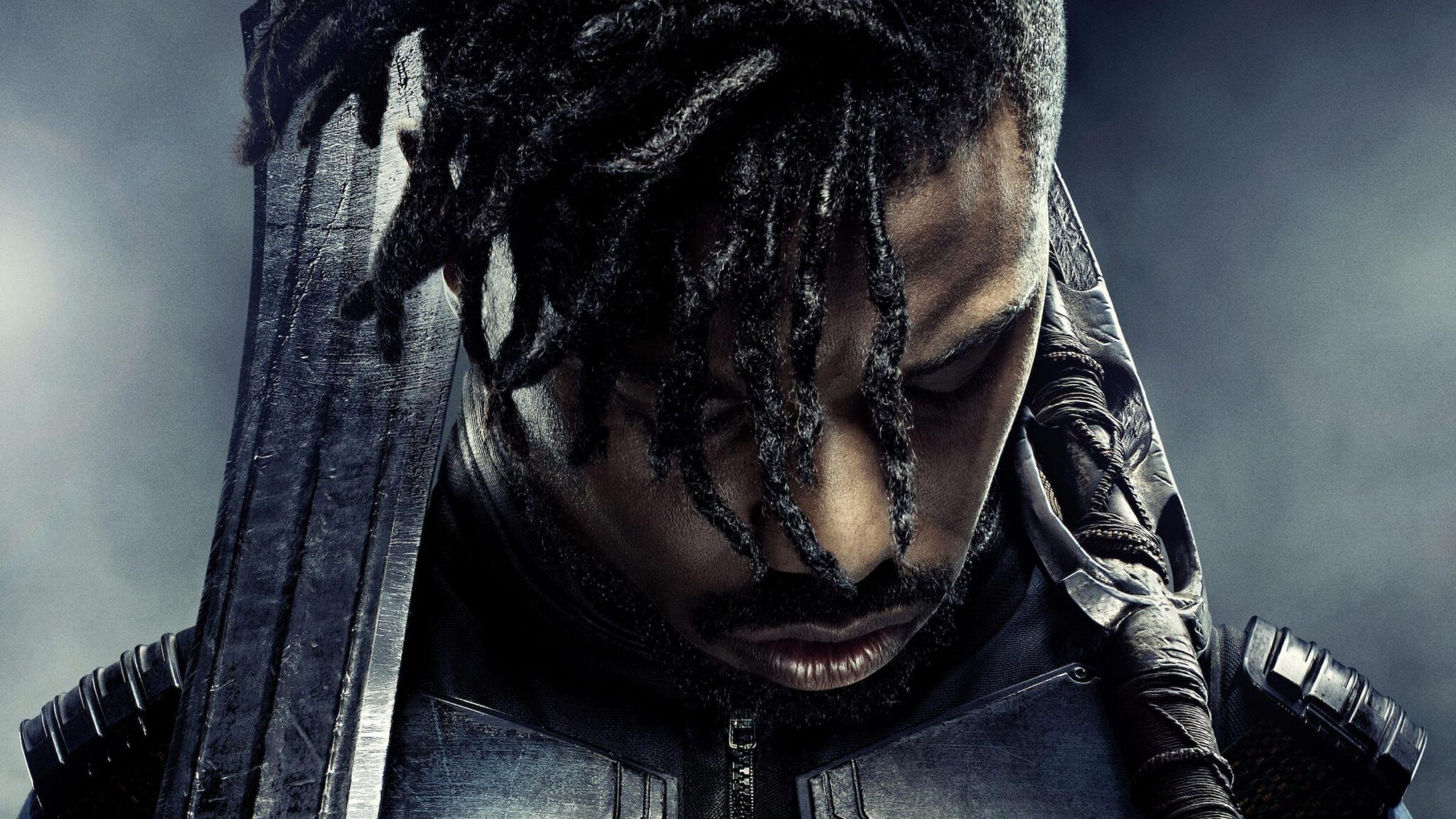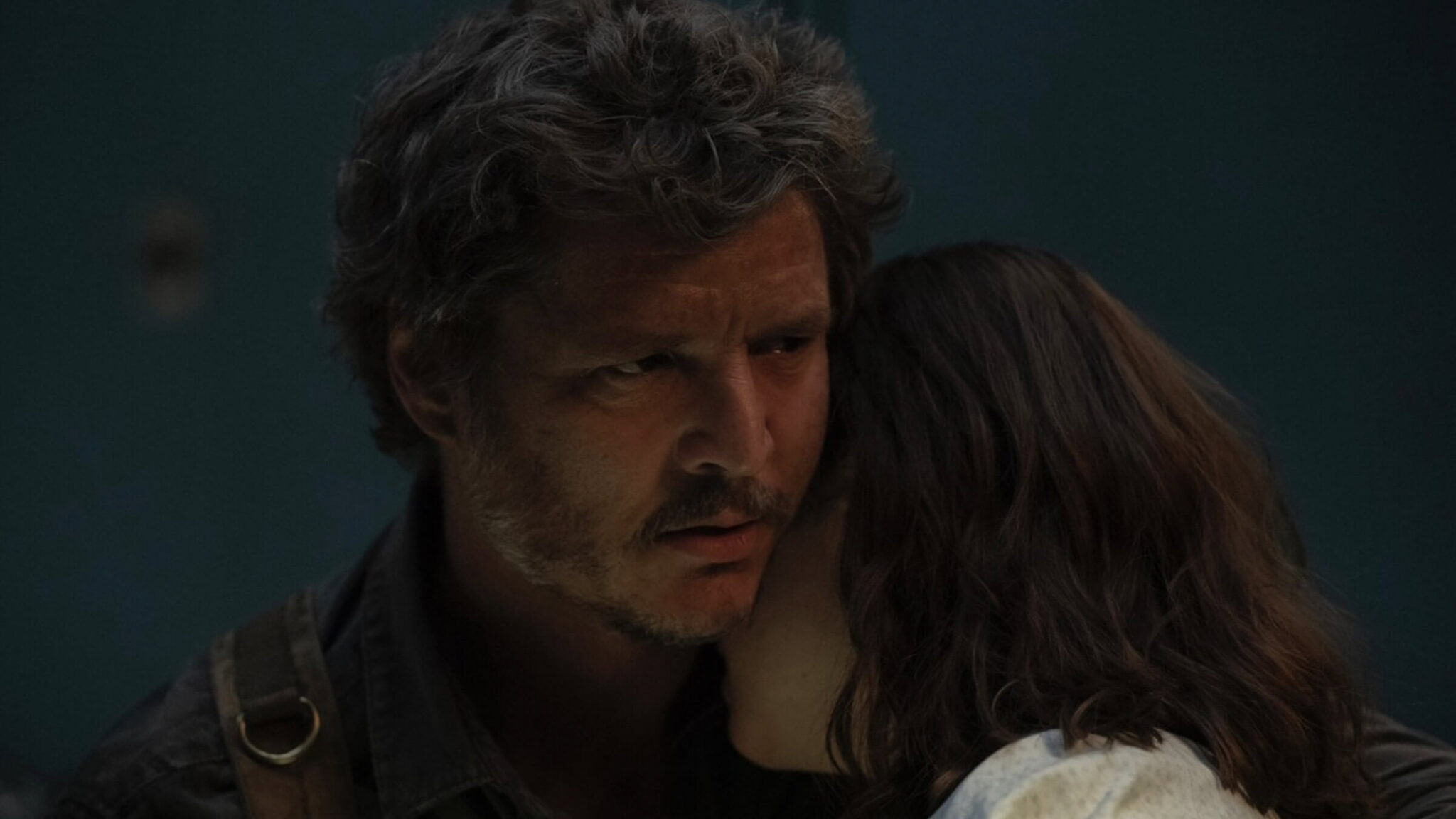
Next up in our "Defining Character Through Action" series: Wall-E.
As we stated in our last installment of this series, in the visual medium of film and television, actions and reactions can do a lot of the heavy lifting when it comes to defining characters. You can describe your characters in your script using a little prose, sure, but readers and eventually, audiences will be more invested and interested in your story if they are able to get to know who they are from what they do.
Why?
Because the problem with relying on scene description is that it doesn't offer the eventual viewer the information they need about that character. When you're watching a movie, you don't have the luxury of reading character description. All that you have is what you see and hear on the screen.
The problem with relying on expositional dialogue to inform the viewer is that it feels unnatural and forced.
Actions and reactions are the way to go.
With that in mind, here we present a breakdown of actions that define the protagonist of the Oscar-winning animated film, Wall-E.
Download the 'Wall-E' Script!Defining Character Through Action: Wall-E
In the distant future, a small waste-collecting robot named Wall-E is the last of his kind, still doing his job while trying to enjoy his little habits and hobbies. He inadvertently embarks on a space journey that will ultimately decide the fate of mankind.
Wall-E
The screenplay briefly describes Wall-E's physical attributes.
A SMALL SERVICE ROBOT diligently cubing trash. Rusted, ancient. Cute. Every inch of him engineered for trash compacting.
That's all we get. The "small service robot" mention tells us that this robot has a purpose. He cubes trash. The mention of him being rusted and ancient tells us that he's been in this dirty and trash-ridden world for many years — perhaps decades. And one single word offers us a detail that the eventual screenplay will build on — cute. Beyond those brief descriptions, it will be his actions that define what type of character he is.
Character-Defining Action #1 — Dedicated Worker
We open with Wall-E going about his daily routine.
Mini-shovel hands collect junk. Scoop it into his open chassis. His front plate closes slowly, compressing waste.
A faded label on his corroded chest plate: “Waste Allocation Loader - Earth Class” (WALLY)
Wally spits out a cube of trash. Stacks it with the others. Something catches his eye. Tugs on a piece of metal stuck in the stack.
A hubcap. The sun reflects off it.Wally checks the sky.
ON TRASH HEAP HORIZON
The sun sets through the smoggy haze.
“...And we won’t come back until we’ve kissed a girl --”
He places the hubcap in his compactor. Presses a button on his chest. The song stops playing. The end of a work day.
The first impression we get of him through his actions is that he's a dedicated worker. It doesn't matter that he's the last of his kind. It doesn't matter that there's not a human in sight. He has a job and he's been doing it for a very long time. That showcases the ethics and morals of this character.
And then there's the added character element that he's listening to music. This tells us that he also has some human elements as well. He enjoys music during a busy workday, as most of us would.
Character-Defining Action #2 — Displays of Humanity
As he ends his day, Wall-E displays another subtle hint at humanity and emotion.
Wally attaches a lunch cooler to his back.
Whistles for his pet COCKROACH.
The insect hops on his shoulder.
They motor down from the top of a GIANT TRASH TOWER.
What is more human than having a loyal pet? And this insect isn't someone he just deals with as a tag-along, no. Wall-E goes out of his way to whistle for the cockroach. This shows us that he's also a loyal friend and companion.
And as we see the giant trash tower he's created — one of many — we understand his loyalty to his job.

'Wall-E'
Character-Defining Action #3 —Resourcefulness
As Wall-E treks through the avenues of trash, we see the harshness of the world he inhabits. He traverses miles of desolate waste — oblivious to toxic storms that rage on behind him.
We see ruins of highways, buildings, and cities. We even see broken-down versions of other Wall-E models. This tells us that there's something special about him. He's the only survivor — so far as we can tell. How has he survived?
Wally’s old treads are threadbare.
Practically falling apart.
Cause a bumpy ride for his cockroach.
He passes the remains of other RUSTED WALL-E UNITS.
Fancies one with NEWER TREADS than his own...
EXT. DESERTED STREET - MOMENTS LATER
Wally now sports the newer treads.
We learn how he has survived all of these years. He's resourceful. A broken tread would be a robot's death sentence in normal circumstances. However, Wall-E is quick to repair himself. With these actions, we learn that he's resourceful and is likely going to be able to take care of himself in a crisis.
Character-Defining Action #4 — He's a Collector
The charm of this character continues to build with every moment we spend with him. As he arrives at his makeshift home within a large truck, we see endless knick-knacks that he has collected.
Open racks for storing WALL-Es line both walls.
KNICKKNACKS OF FOUND JUNK littered everywhere.
The tired robot removes his newfound treads.
Ahh... Home.
Wally motors down the center aisle. Flicks on an ancient BETAMAX PLAYER. Jury-rigged to an iPod.
Pushes in a cassette labeled, “Hello Dolly!”
The image is very poor quality.
Actors sing and dance to Put On Your Sunday Clothes (POYSC). The same song Wally worked to.
WALLY
[Hums POYSC]Wally opens his cooler.
Newfound knickknacks.
Pulls out the hubcap from his chest.
Looks back at the TV.
Mimics the dancers on the screen.
Pretends the hubcap is a hat.
Continues to unpack: A spork. A Rubik’s Cube (unsolved). A Zippo Lighter.
He presses a BUTTON by the rack of shelves.
They rotate until an empty space appears.
His new items are lovingly added to the shelf.
The Zippo joins a pre-existing LIGHTER COLLECTION.
Once again, his humanity shows. He's a collector. This is yet another endearing characteristic that is showcased without a single word of dialogue.
But it gets even better.
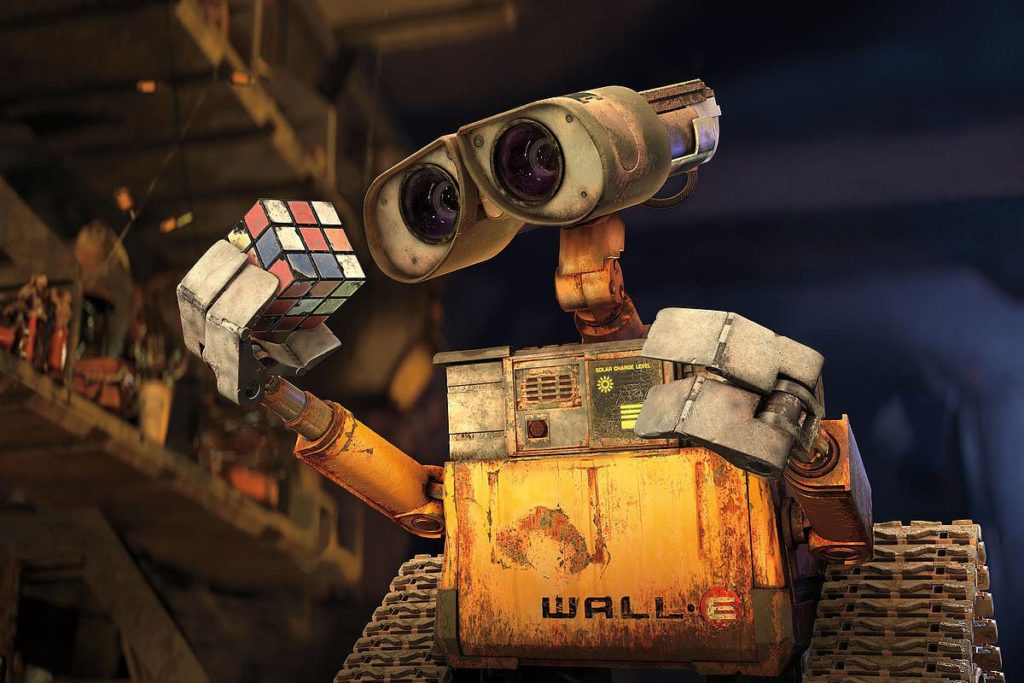
'Wall-E'
Character-Defining Action #5 — He Longs for Love
We've learned about Wall-E's dedication, loyalty, humanity, and resourcefulness. But then we learn something we didn't expect to see from a robot. He longs for love.
A new song, It Only Takes A Moment, plays on the video.
Wally is drawn to it.
Presses his “Record” button.
ON TV SCREEN
Two lovers sing gently to one another.
They kiss...hold hands...
Wally tilts his head as he watches.
Curious.
Holds his own hands.
EXT. TRUCK - NIGHT
Wally motors outside.
Turns over his Igloo cooler to clean it out.
Pauses to take in the night sky.
STARS struggle to be seen through the polluted haze.
Wally presses the “Play” button on his chest.
The newly sampled It Only Takes A Moment (IOTAM) plays.
The wind picks up.
A WARNING LIGHT sounds on Wally’s chest.
He looks out into the night.
A RAGING SANDSTORM approaches off the bay...
Unfazed, Wally heads back in the truck.
IOTAM still gently playing.
...The massive wave of sand roars closer...
Wally raises the door.
Pauses.
WHISTLES for his cockroach to come inside.
The door shuts just as the storm hits.
Obliterates everything in view.
Through no dialogue, we know who Wall-E is as a character. We know that he's a kind-hearted being that is making the best of a terrible situation — being stranded alone on a planet long deserted. And we know that he's lonely and longing for love.
When we later see him lay eyes on a surprising visitor — EVE — we know that his innocence is going to fall for her. It's inevitable.
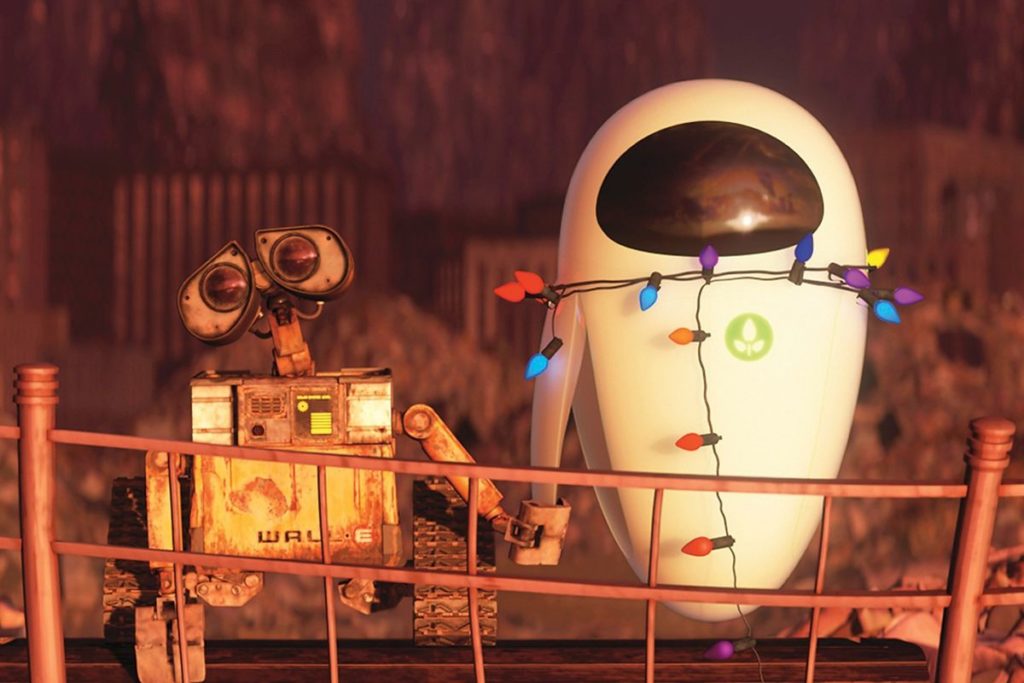
'Wall-E'
Screenwriting Lesson Learned?
Don't rely on writing detailed scene descriptions and expositional dialogue to showcase characterization in your screenplays. Those elements are a waste of prime screenplay real estate. And they also slow the pacing of the script down.
Instead, throw your characters into the fire of the conflict and let their actions and reactions define them.
Ken Miyamoto has worked in the film industry for nearly two decades, most notably as a studio liaison for Sony Studios and then as a script reader and story analyst for Sony Pictures.
He has many studio meetings under his belt as a produced screenwriter, meeting with the likes of Sony, Dreamworks, Universal, Disney, Warner Brothers, as well as many production and management companies. He has had a previous development deal with Lionsgate, as well as multiple writing assignments, including the produced miniseries Blackout, starring Anne Heche, Sean Patrick Flanery, Billy Zane, James Brolin, Haylie Duff, Brian Bloom, Eric La Salle, and Bruce Boxleitner, and the feature thriller Hunter’s Creed starring Duane “Dog the Bounty Hunter” Chapman, Wesley Truman Daniel, Mickey O’Sullivan, John Victor Allen, and James Errico. Follow Ken on Twitter @KenMovies
For all the latest ScreenCraft news and updates, follow us on Twitter, Facebook, and Instagram.
Get Our Screenwriting Newsletter!
Get weekly writing inspiration delivered to your inbox - including industry news, popular articles, and more!








